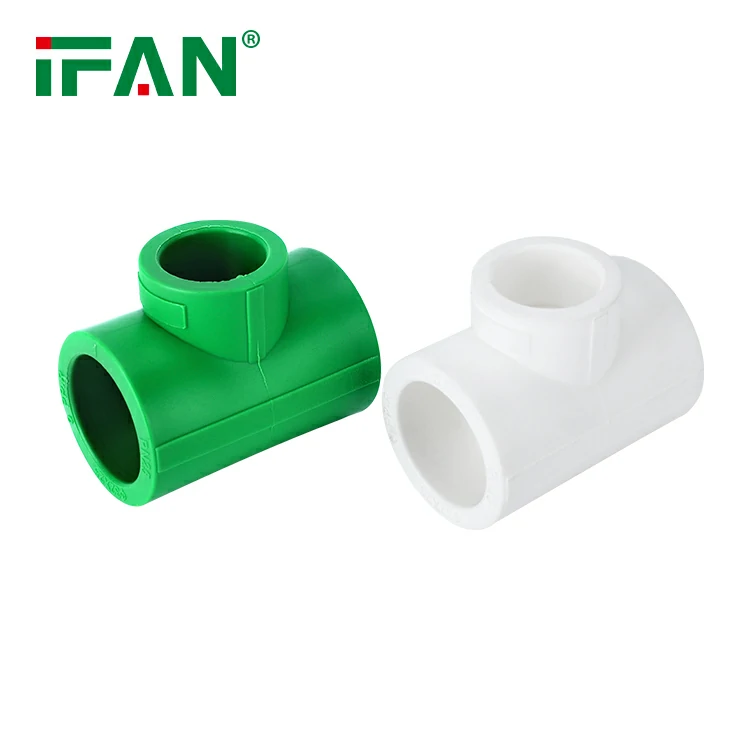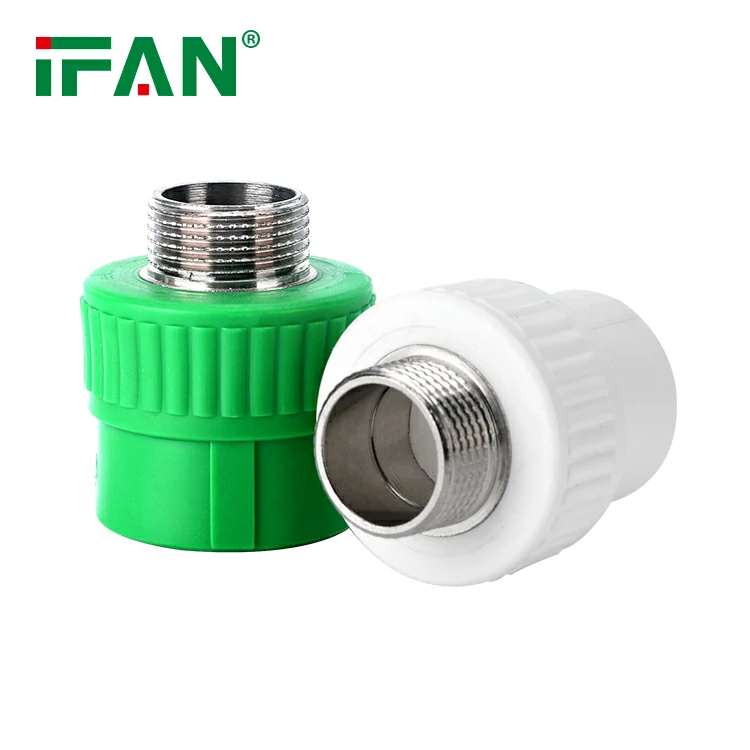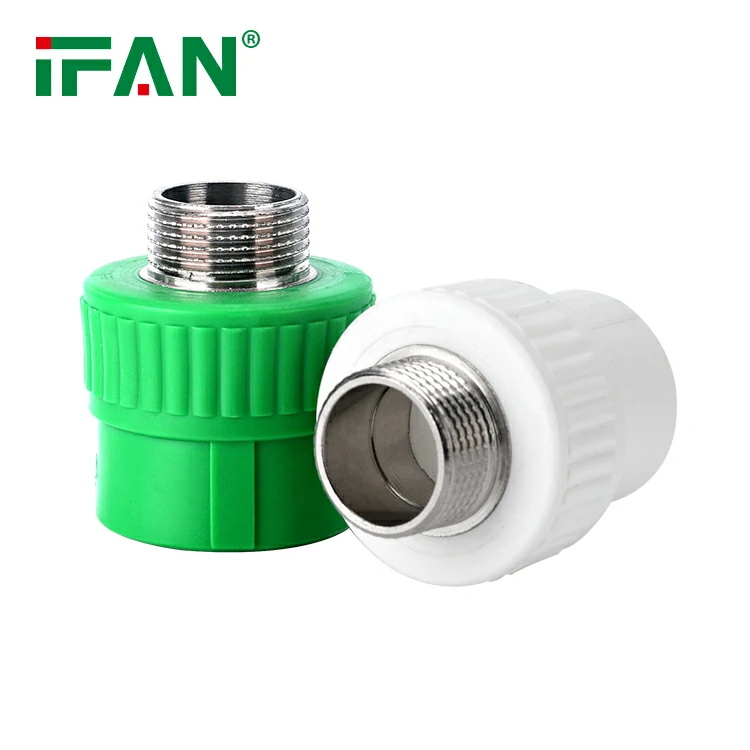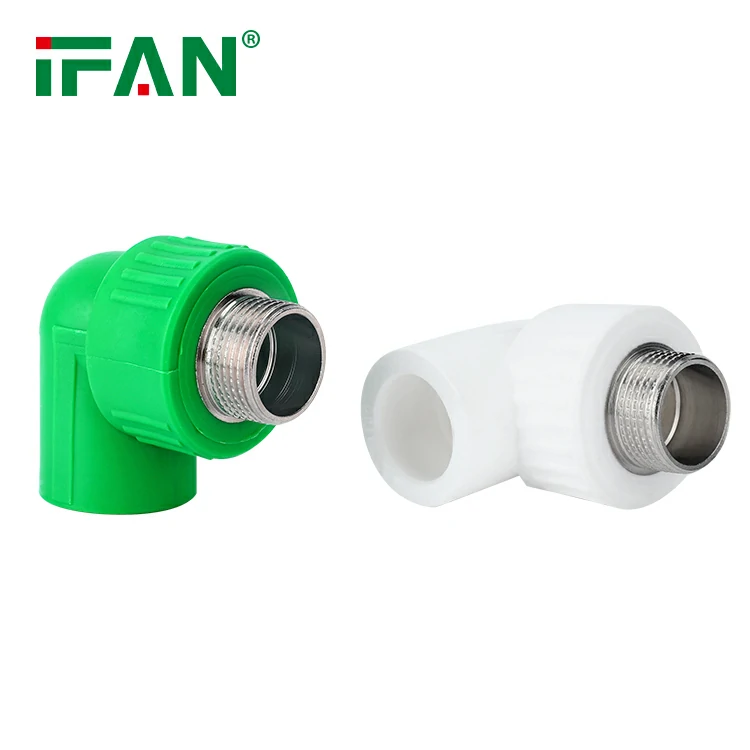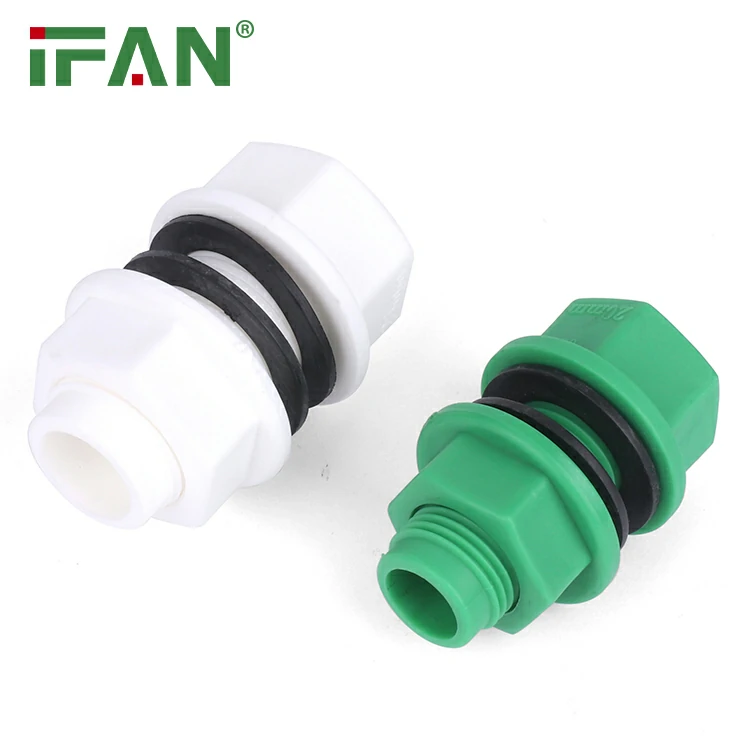Introduction: Understanding the Role of Shear Rate, Viscosity, and Flow Rate in PEX Pipes
PEX pipes have become a staple in modern plumbing systems due to their superior flexibility, durability, and ease of installation. However, in order to fully comprehend the performance of PEX pipes in different applications, it is crucial to examine some of the key factors that influence their behavior during fluid flow. These factors include shear rate, viscosity, and flow rate—three fundamental parameters that play a pivotal role in the efficiency and functionality of PEX piping systems.
In this article, we will explore how shear rate, viscosity, and flow rate affect the performance of PEX pipes, and why understanding these parameters is essential for engineers, designers, and contractors. By delving into the science behind these concepts, we will provide a detailed analysis of the PEX series and how these factors influence its application in various plumbing and heating systems.
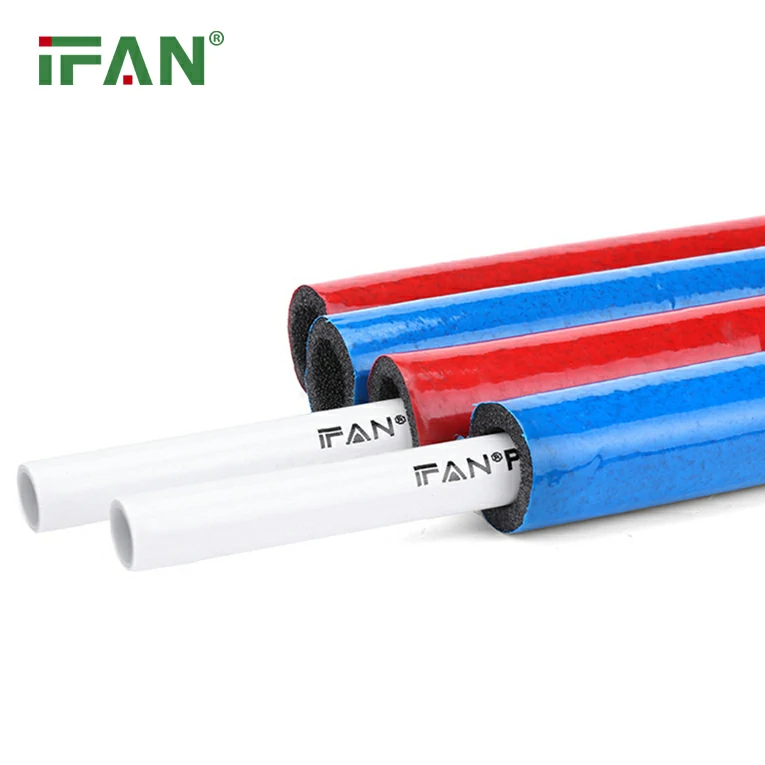
What is Shear Rate in the Context of PEX Pipes?
Shear rate refers to the rate at which a fluid’s layers move relative to each other. It is an important factor in understanding the flow behavior of fluids, especially in pipes. The shear rate (denoted as γ) is defined as the change in velocity between two layers of fluid divided by the distance between those layers. In the context of PEX pipes, shear rate affects how fluids such as water or glycol-based solutions behave as they travel through the pipe.
How Shear Rate Affects PEX Pipes
- Viscoelastic Behavior: PEX pipes exhibit viscoelastic behavior, which means they can stretch and deform under stress. The shear rate influences how the material deforms when subjected to fluid flow, which in turn affects the overall efficiency of the piping system.
- Non-Newtonian Fluid Flow: The flow of fluids through PEX pipes may not always follow Newtonian principles. For instance, in some cases, the flow might become shear-thinning, meaning that as the shear rate increases, the fluid becomes less viscous and flows more easily. This is particularly relevant when using PEX pipes in heating systems, where the fluid flow characteristics can vary with temperature and pressure.
Applications of Shear Rate in PEX Systems
Understanding shear rate is crucial when designing systems that involve fluid flow through PEX pipes, especially in radiant heating systems, underfloor heating, and hydronic systems. The shear rate helps engineers optimize pipe diameters, flow rates, and system pressures to ensure maximum efficiency and prevent issues like cavitation or turbulence.
Viscosity: How It Influences the Flow Through PEX Pipes
Viscosity is a measure of a fluid’s resistance to flow. It is a key factor in determining how easily a fluid can move through a piping system. In terms of PEX pipes, the viscosity of the fluid inside the pipe directly impacts the performance of the entire plumbing or heating system. Fluids with higher viscosity, such as oils or thick liquids, will require more pressure to move through the pipes compared to fluids with lower viscosity, like water or air.
Viscosity and Its Role in PEX Pipe Performance
- Impact on Pressure Drop
Fluids with higher viscosity create a greater resistance to flow, which results in a higher pressure drop as the fluid moves through the PEX pipe. This means that more energy is required to maintain the same flow rate, making the system less efficient. Conversely, lower viscosity fluids experience less resistance, allowing for more efficient flow and reducing the energy required to maintain pressure. - Temperature Dependence
The viscosity of fluids tends to decrease as temperature increases. For example, hot water will have a lower viscosity than cold water. This is especially relevant for radiant heating systems, where the flow of hot water or other heating fluids is common. Engineers need to account for these temperature-dependent changes in viscosity when designing systems that rely on PEX pipes. - Material Considerations
The internal surface smoothness of PEX pipes also plays a role in how viscosity affects flow. PEX pipes have a smooth internal surface, which reduces frictional resistance and contributes to a more efficient flow of fluids, especially those with higher viscosity.
Flow Rate: The Key to System Efficiency in PEX Applications
Flow rate refers to the volume of fluid that passes through a pipe in a given period of time. In plumbing systems, the flow rate is crucial for ensuring that water or other fluids are distributed effectively and efficiently. The flow rate in a PEX piping system depends on a number of factors, including the diameter of the pipe, the pressure driving the fluid, and the fluid’s viscosity.
Factors Influencing Flow Rate in PEX Systems
- Pipe Diameter
The diameter of the PEX pipe has a significant effect on the flow rate. Larger diameter pipes allow for greater volumes of fluid to pass through, thereby increasing the flow rate. In contrast, smaller diameter pipes restrict the flow, which can lead to higher pressure drops and reduced efficiency. This relationship is governed by the principles of fluid dynamics, where flow rate is directly proportional to the cross-sectional area of the pipe. - Pressure Gradient
Flow rate is also influenced by the pressure gradient along the length of the PEX pipe. In simpler terms, the higher the pressure difference between the two ends of the pipe, the faster the fluid will flow. This is an important consideration for both water supply systems and radiant heating systems, where maintaining optimal flow is critical for performance. - Fluid Characteristics
As mentioned earlier, the viscosity of the fluid is a key factor in determining flow rate. Higher viscosity fluids will result in a slower flow rate, while lower viscosity fluids will flow more freely through the pipe. When designing systems that rely on PEX pipes, engineers must account for the viscosity of the fluid, especially if the system will carry fluids with varying viscosities at different temperatures.
Optimizing Flow Rate for Energy Efficiency
The flow rate is not just a measure of how much fluid passes through the system; it is also a key indicator of energy efficiency. A high flow rate can result in greater energy consumption, particularly in heating systems. Therefore, achieving the optimal flow rate—where fluid moves efficiently without unnecessary energy loss—is essential for designing cost-effective and sustainable systems.
The Interaction Between Shear Rate, Viscosity, and Flow Rate in PEX Systems
The three parameters—shear rate, viscosity, and flow rate—are interdependent and must be considered together when designing PEX piping systems. For example, increasing the flow rate can lead to higher shear rates, which can affect the viscosity of certain fluids, especially those that exhibit shear-thinning behavior. Similarly, the viscosity of the fluid can influence the pressure drop along the system, impacting the overall flow rate.
By carefully considering these interactions, engineers can design systems that are optimized for both performance and energy efficiency. For example, using larger diameter PEX pipes in a heating system can reduce pressure drops and allow for higher flow rates, while choosing the right fluid viscosity can minimize energy consumption.
Conclusion: Maximizing Efficiency in PEX Pipe Systems
PEX pipes offer unparalleled benefits in plumbing and heating applications, with their flexibility, durability, and ease of installation. However, to fully optimize the performance of PEX systems, it is essential to understand the roles of shear rate, viscosity, and flow rate. These factors influence everything from energy consumption to system efficiency, making it crucial for engineers and contractors to design PEX-based systems with these parameters in mind.
By paying attention to how these factors interact, engineers can ensure that PEX piping systems perform at their best, offering reliable and energy-efficient solutions for modern plumbing and heating needs.
Frequently Asked Questions (FAQs)
- What is shear rate, and how does it impact PEX pipes? Shear rate refers to the rate at which layers of fluid move relative to one another. In PEX pipes, shear rate influences the fluid flow behavior, especially for non-Newtonian fluids, affecting efficiency and system design.
- How does viscosity affect the performance of PEX pipes? Viscosity impacts the resistance to flow in PEX pipes. Fluids with higher viscosity require more pressure to flow through the pipes, reducing efficiency and increasing energy consumption.
- What factors influence the flow rate of fluids in PEX pipes? Flow rate is influenced by the pipe diameter, the pressure gradient, and the viscosity of the fluid. Larger pipes and higher pressure can increase the flow rate, while higher viscosity fluids may reduce it.
- How does temperature affect the viscosity of fluids in PEX systems? As the temperature of a fluid increases, its viscosity typically decreases, making the fluid easier to flow through the pipes. This is important for systems like radiant heating where hot fluids are commonly used.
- Can PEX pipes handle varying flow rates efficiently? Yes, PEX pipes can accommodate varying flow rates, but system design must take into account factors like pipe diameter, pressure, and fluid viscosity to optimize flow and minimize energy consumption.

